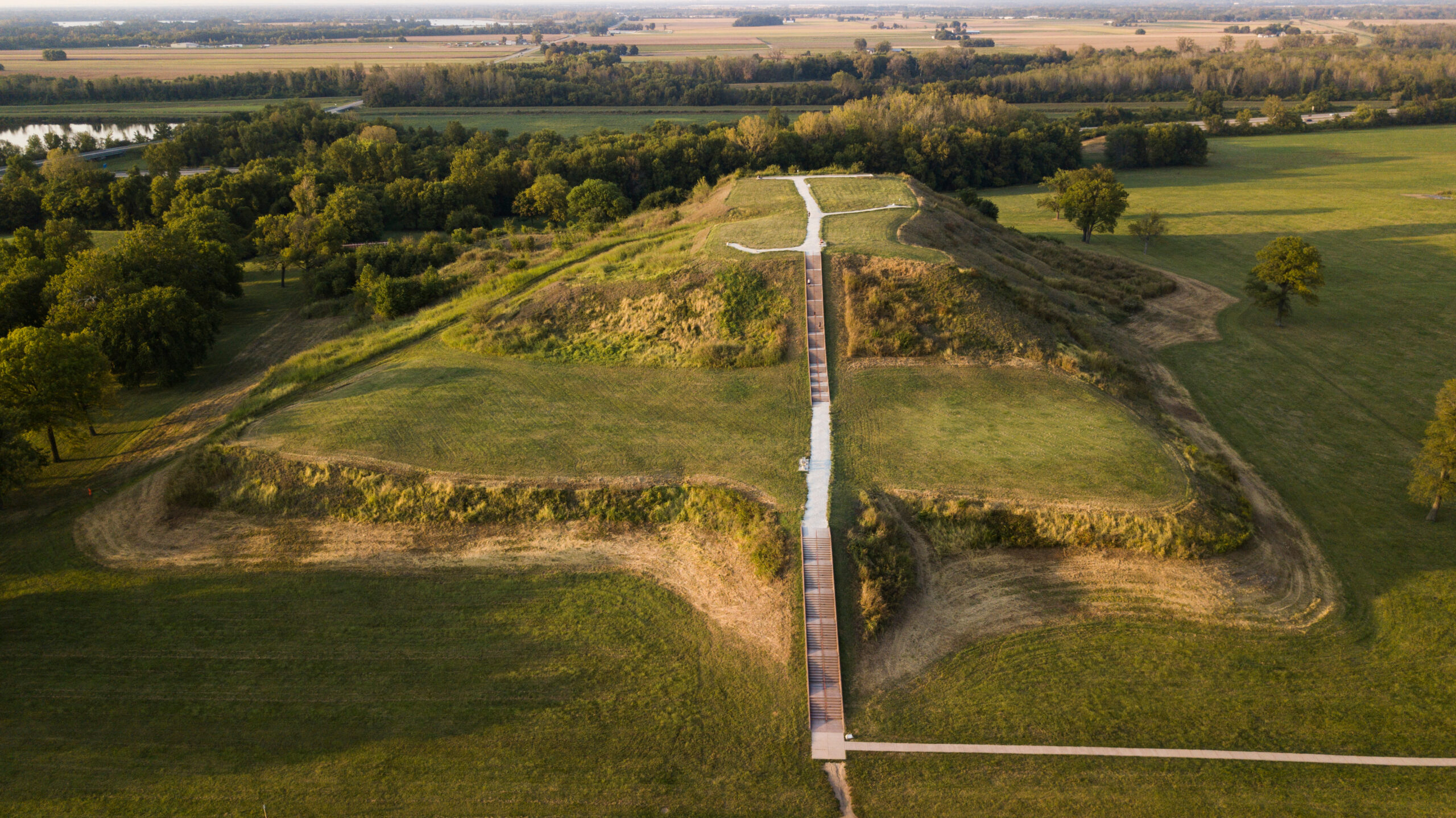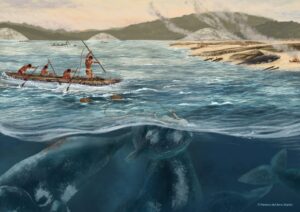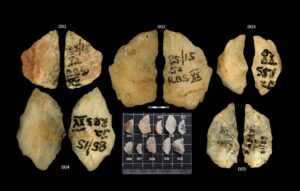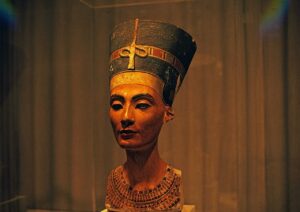In 1250 AD, a cluster of earthen mounds by the Mississippi River swarming with artisans, farmers, and even astronomers was the place to be. It was known as Cahokia.
By 1350, it was a ghost town.
Why?
Located across the Mississippi River east of modern-day St. Louis, Cahokia was in its day the largest North American city above Mexico. Its 20,000 souls belonged to a group of Algonquian-speaking tribes from across the lower Midwest. They survived by farming.
Generations of archaeologists have carved away at the soil in the U.S. state of Illinois to find out what happened in those hundred years to cause the thriving town’s demise. Researchers have now discarded one of the most popular theories, that severe drought caused crop failure. Prairie grasses, the theory went, then moved in during the drought, replacing crops like maize and squash with inedible roughage.
The tidy hypothesis followed other tales of civilizational extinction. But according to the U.S. Bureau of Land Management (BLM) and Washington University in St. Louis, it didn’t happen.
“Given the diversity of their known food-base, the domesticated landscape around Cahokia may have been resilient in the face of climate change and capable of producing more food than was required by Cahokians,” the researchers wrote in a paper published last month.
Scratch the most popular theory of their mysterious disappearance.
View this post on Instagram
No catastrophes
Soil samples extracted from deep underground reveal that no catastrophic crop failure occurred. The study’s co-authors counted carbon isotopes in the soil from throughout the Cahokian period. If particular isotopes kept showing up in layer after layer of soil, they would paint a picture of consistent soil composition over time. In turn, this would indicate whether drastic changes in cultivation had taken place.
The study revealed a consistent presence of Carbon-12 and Carbon-13 across samples. No major death of one dominant plant species — or growth of another — had occurred.
“We saw no evidence that prairie grasses were taking over,” said archaeologist Natalie Mueller, who led the study.
However, that doesn’t mean a drought didn’t happen — it just means the Cahokians may not have perished under its pressure.
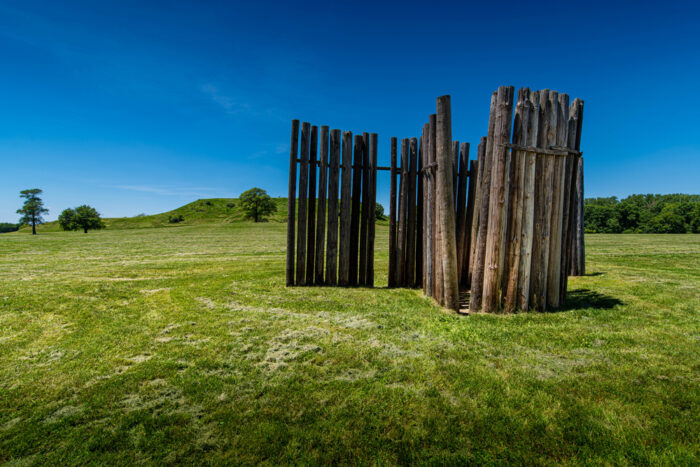
Reconstruction of a Cahokia “palisade,” a log structure with an unclear function. Photo: Shutterstock
Co-author Caitlin Rankin of the Nevada Bureau of Land Management said the Cahokians were good enough engineers to keep crops irrigated through dry cycles. They were such skilled builders that Monks Mound, an iconic prehistoric earthwork, is the largest pyramid north of Mesoamerica.
So why did the Cahokians abandon their proud city? One separate theory, also using soil cores, focuses on flooding along the ancient Mississippi.
Rankin and Muelle aren’t sure yet. For now, they suggest that the abandonment happened slowly.
